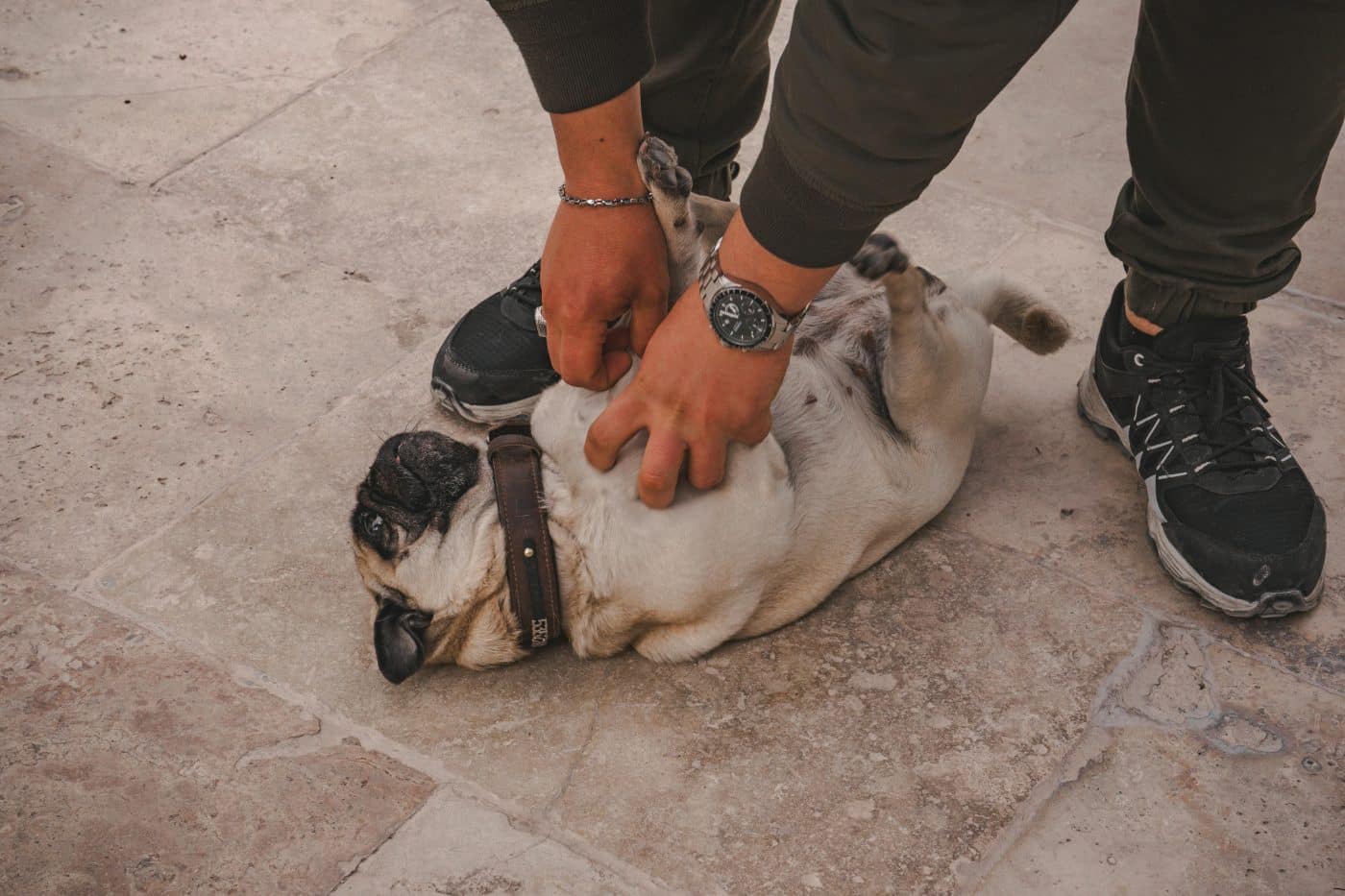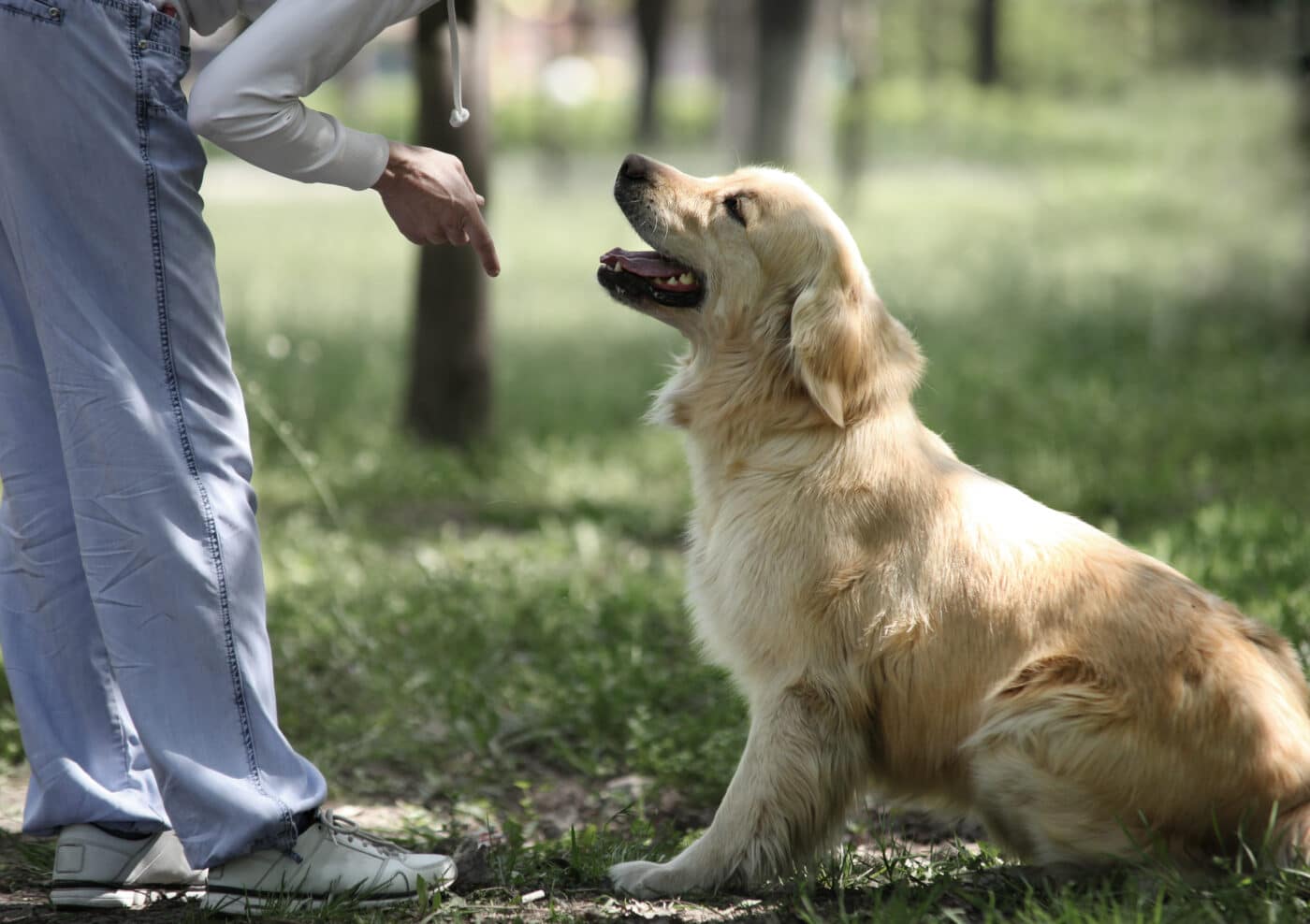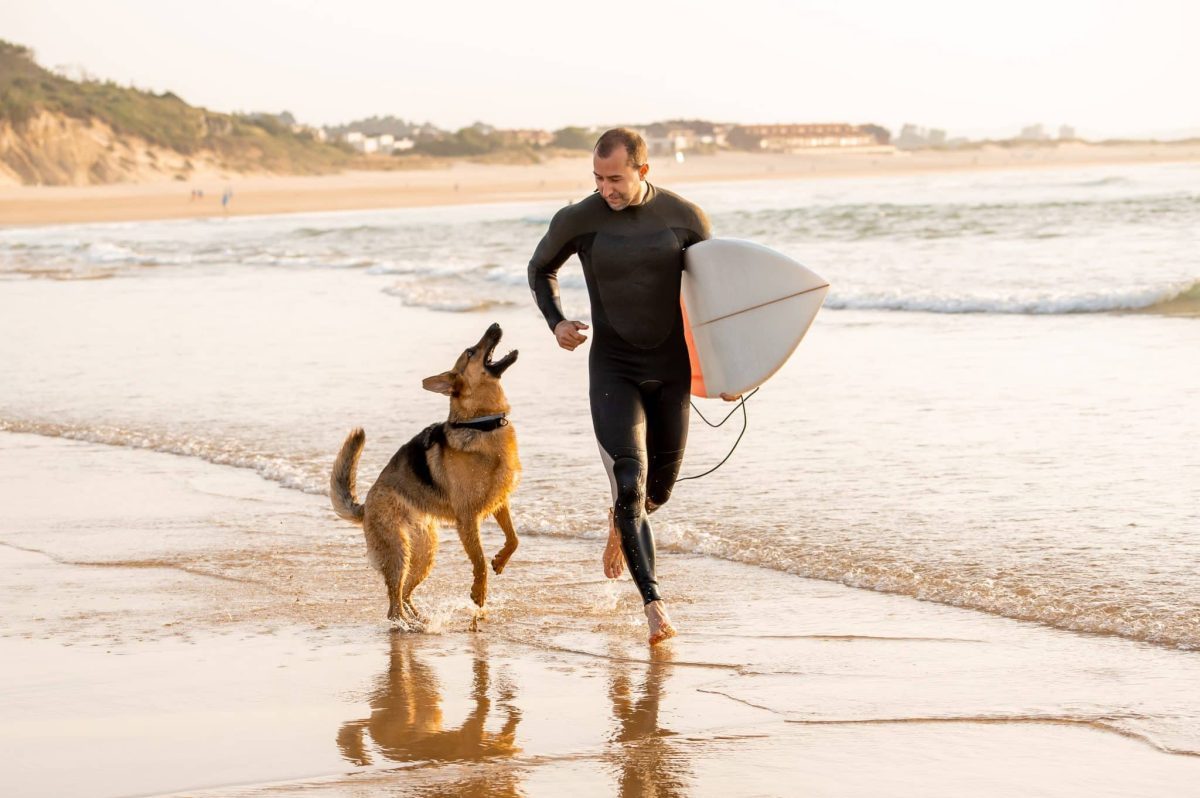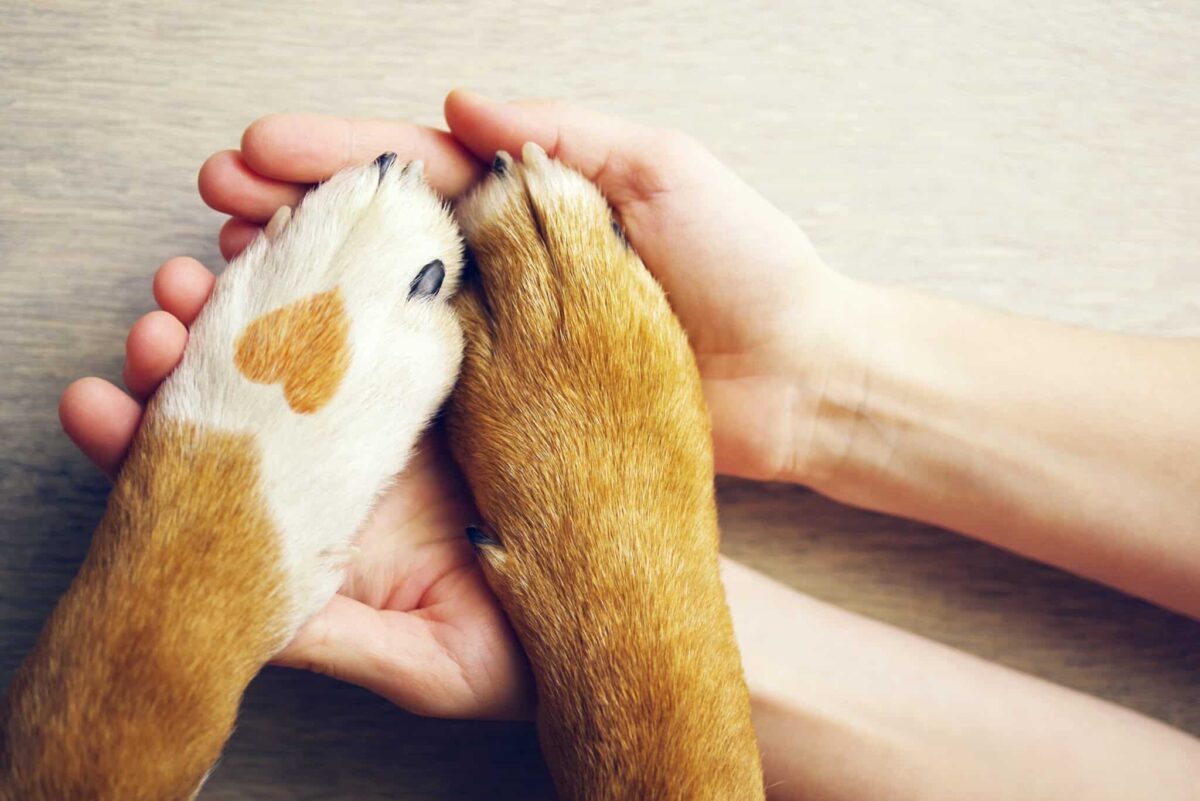 Shutterstock
Shutterstock
Training your dog without relying on treats can be incredibly rewarding, as it emphasizes trust, understanding, and mutual respect. While treats are a common tool for positive reinforcement, they aren’t the only effective way to teach your dog new behaviors or improve existing ones. By focusing on patience, creativity, and consistency, you can achieve remarkable results through methods that build communication and strengthen your bond. These approaches foster a well-behaved pup and create a deeper connection between you and your furry friend.
Use Verbal Praise
 Shutterstock
Shutterstock
Dogs thrive on positive reinforcement, and verbal praise is one of the easiest ways to motivate them without treats. A happy tone and encouraging words like “good job” or “well done” can make your dog feel appreciated. Pair verbal praise with enthusiastic body language, like a big smile or a clap, to reinforce their behavior. This method helps your dog understand that they’ve done something right and builds their confidence in a loving way.
Incorporate Play as a Reward
 Shutterstock
Shutterstock
Playtime can be a powerful training tool for dogs who love toys or games. Reward your dog’s good behavior by initiating a game of fetch, tug-of-war, or chase. This approach provides immediate gratification and makes learning fun for your dog. Incorporating play into training sessions also helps burn off excess energy, keeping your pup focused and engaged for longer periods.
Offer Physical Affection
 Shutterstock
Shutterstock
Sometimes, all a dog needs to feel rewarded is a good belly rub, ear scratch, or cuddle. Physical affection strengthens your bond with your dog and provides a tangible way to show your approval. When your dog performs a desired behavior, shower it with gentle pets or scratches to communicate your satisfaction. This method works especially well for dogs who crave closeness and physical touch.
Use a Happy Voice
 Shutterstock
Shutterstock
Your tone of voice plays a significant role in training. Dogs are highly attuned to vocal cues, and a cheerful, upbeat tone can encourage them to repeat good behaviors. When your dog follows a command or behaves well, let your voice reflect your excitement and pride. This approach motivates your dog and creates a positive and happy training environment.
Create a Structured Routine
 Shutterstock
Shutterstock
Dogs thrive on consistency and routine. Establishing a predictable schedule for training sessions helps your dog know what to expect and when to expect it. Consistent cues, commands, and timing allow your dog to learn more effectively without needing treats. A structured routine also fosters a sense of security, making your dog more receptive to learning.
Use Clicker Training
 Shutterstock
Shutterstock
Clicker training is a method that uses a distinct sound to mark desired behavior. While it’s often paired with treats, the click becomes a powerful tool when your dog associates it with positive outcomes. The key is timing the click precisely when your dog performs the behavior you’re teaching. Follow the click with verbal praise or affection to reinforce their success.
Engage Their Natural Instincts
 Shutterstock
Shutterstock
Tap into your dog’s natural instincts to encourage learning. For example, herding breeds may enjoy tasks that involve guiding or gathering, while retrievers may love games involving fetching. Tailoring training activities to your dog’s innate abilities makes the process more engaging and rewarding without the need for treats. It also helps them feel fulfilled and understood.
Practice Short and Fun Sessions
 Shutterstock
Shutterstock
Keeping training sessions short and fun ensures your dog stays focused and motivated. Long, repetitive sessions can lead to boredom or frustration, while brief, enjoyable interactions keep your dog eager to participate. Break training into manageable chunks of 5-10 minutes and end on a positive note to maintain your dog’s enthusiasm for learning.
Use Environmental Rewards
 Shutterstock
Shutterstock
Take advantage of your dog’s surroundings to reward good behavior. For instance, if your dog sits calmly at the door, reward them by opening it so they can go outside. If they wait patiently at the park, let them off the leash to explore. These real-world rewards help your dog understand the practical benefits of good behavior, reinforcing training in a natural and effective way.
Teach Through Imitation
 Shutterstock
Shutterstock
Dogs are great observers and can learn by mimicking behaviors. If you have an older, well-trained dog, your younger pup may pick up cues by watching their “mentor.” Alternatively, you can demonstrate behaviors like sitting or lying down and encourage your dog to follow suit. This method taps into your dog’s curiosity and ability to learn through observation.
Redirect Undesired Behavior
 Shutterstock
Shutterstock
Instead of punishing your dog for unwanted actions, gently redirect their focus to an appropriate activity. For example, if your dog starts chewing on furniture, offer them a toy instead. Positively redirecting their energy teaches them what’s acceptable without creating fear or confusion. Consistent redirection helps shape your dog’s behavior over time while maintaining a positive relationship.
Use a Training Partner
 Shutterstock
Shutterstock
Having another person assist during training sessions can make the process more dynamic and effective. A training partner can help reinforce commands, provide additional praise, or engage your dog in interactive activities. This teamwork approach engages your dog and adds variety to their learning experience. It’s also a great way to socialize your dog and expose them to different interactions.
Stay Patient and Consistent
 Shutterstock
Shutterstock
The most important tools in any training method are patience and consistency. Dogs need time to learn and adapt to new behaviors, so staying calm and persistent is key. Repetition and clear communication will help your dog understand what’s expected of them, even without using treats. Celebrate small victories along the way, and remember that every step forward is progress.
The Tail-Wagging Truth About Training Without Treats
 Shutterstock
Shutterstock
Who needs a pocketful of treats when you have creativity, patience, and a happy pup? These gentle training tips prove that building a strong bond and teaching good behavior doesn’t always require snacks. With verbal praise, playful rewards, and plenty of affection, your dog will quickly learn that being good brings its own set of tail-wagging rewards—no calories required! Let’s be honest: you’re not just their teacher but their biggest fan and cheerleader in training. Keep those tails wagging and the lessons flowing!

 1 day ago
3
1 day ago
3


















 English (US) ·
English (US) ·